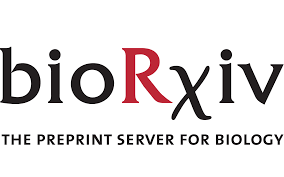Abstract:
Fresh fruit and vegetables are invaluable for human health; however, their quality often deteriorates before reaching consumers due to ongoing biochemical processes and compositional changes. We currently lack any objective indices which indicate the freshness of fruit or vegetables resulting in limited capacity to improve product quality eventually leading to food loss and waste. In this conducted study, we hypothesized that certain proteins and compounds, such as glucosinolates, could be used as one potential indicator to monitor the freshness of broccoli following harvest. To support our study, glucosinolate contents in broccoli based on HPLC measurement and transcript expression of glucosinolate biosynthetic genes in response to postharvest stresses were evaluated. We found that the glucosinolate biosynthetic pathway coincided with the progression of senescence in postharvest broccoli during storage. Additionally, we applied machine learning-based hyperspectral image (HSI) analysis, unmixing, and subpixel target detection approaches to evaluate glucosinolate level to detect postharvest senescence in broccoli. This study provides an accessible approach to precisely estimate freshness in broccoli through machine learning-based hyperspectral image analysis. Such a tool would further allow significant advancement in postharvest logistics and bolster the availability of high-quality, nutritious fresh produce.
Links:
Citation:
X. Guo, Y. Ahlawat, A. Zare and T. Liu, "Evaluation of Postharvest Senescence in Broccoli via Hyperspectral Imaging." Plant Phenomics. 2022. doi: 10.34133/2022/9761095.@article{guo2022evaluation,
title={Evaluation of Postharvest Senescence of Broccoli via Hyperspectral Imaging},
author={Guo, Xiaolei and Ahlawat, Yogesh K and Liu, Tie and Zare, Alina},
journal={Plant Phenomics},
volume={2022},
year={2022},
publisher={AAAS}
}
